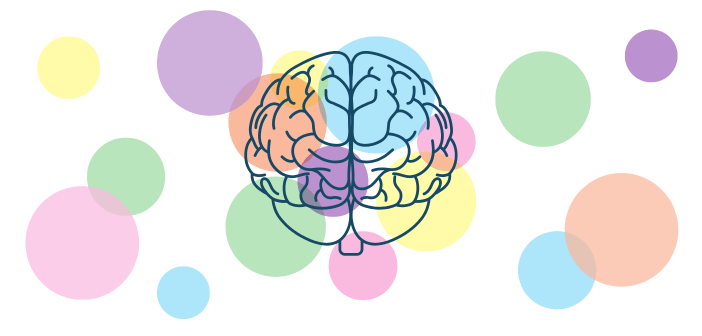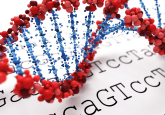New target identified for treating addiction relapse

Using an integrated bioanalytical approach, researchers identified that HDAC5 suppresses cocaine-cue associations by repressing Scn4b and reducing neuronal excitability, offering new insights into relapse vulnerability in addiction.
In a new study published in Biological Psychiatry, researchers from the Medical University of South Carolina (SC, USA) have identified a pivotal role for the epigenetic regulator histone deacetylase 5 (HDAC5) in the brain using an integrated bioanalytical approach. These results could lead to the development of novel substance use disorder (SUD) treatments.
SUDs continue to impact millions across the US both directly and indirectly. Recently, drug-related deaths have reached record highs and global stimulant use has increased. Although significant efforts have been made, the prevalence of SUDs has seen little change over the last 30 years, emphasizing the importance of sustained attention to prevention and treatment approaches. Exploring the neurological foundations of addiction may also offer valuable perspectives on human behavior, motivation and decision-making.
Setting out to do exactly this, researchers employed tandem mass spectrometry, co-immunoprecipitation and molecular dynamics simulations, identifying two conserved cysteines near HDAC5’s catalytic domain as essential for its deacetylase activity. Deacetylase activity assays confirmed the functional relevance of these residues. In addition, viral-mediated expression of HDAC5 mutants in the nucleus accumbens (a brain region critical to reward and addiction) of rat models demonstrated that HDAC5’s deacetylase activity is required to inhibit cue-induced cocaine seeking.
You may also be interested in:
- Infographic: Doping at the Olympic Games – past, present and future
- Raman to the rescue: combatting the hidden fentanyl crisis in counterfeit pills
- Pittcon Conference and Exposition 2025
Combining in silico analysis of single-nucleus RNA sequencing data, quantitative RT-PCR and viral-mediated gene silencing showed that HDAC5 represses the sodium channel auxiliary subunit SCN4B, reducing neuronal excitability in medium spiny neurons.
Patch-clamp electrophysiology of the rat models confirmed changes in intrinsic excitability, linking HDAC5 activity to neural plasticity associated with cocaine-cue but not sucrose-cue.
“In this study, we discovered that a critical epigenetic enzyme HDAC5 functions to limit the expression of Scn4b, which limits the firing of key neurons in the nucleus accumbens, an important brain region linked to SUD and reward-related behavior. Together with our prior work, our findings show that HDAC5 and SCN4B, via regulation of neuronal excitability, selectively limit the formation of powerful and long-lasting links between the drug use environment and the drug use experience that can later serve as triggers of relapse in individuals with an SUD that are attempting to abstain from a return to active drug use,” explained Christopher Cowan, Professor and Chair of the Department of Neuroscience at the Medical University of South Carolina.
This integrative study not only advances our mechanistic understanding of relapse vulnerability in SUDs but also demonstrates the power of combining structural bioanalysis with functional neuroscience to reveal epigenetic control points in drug addiction.


